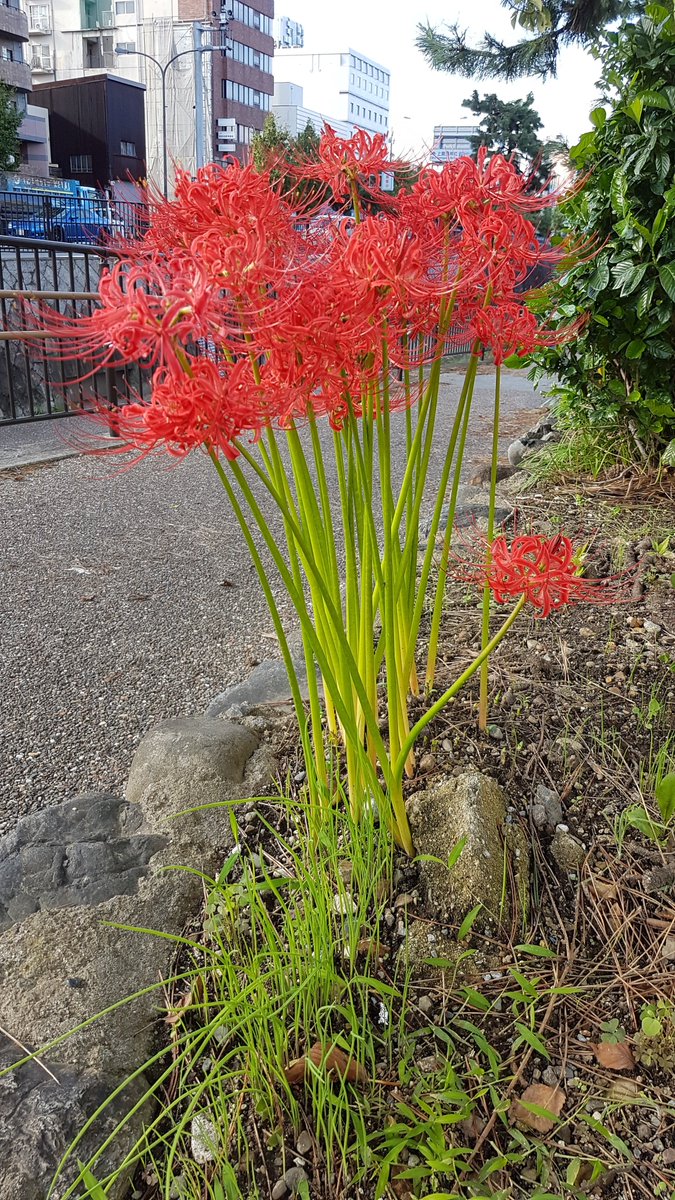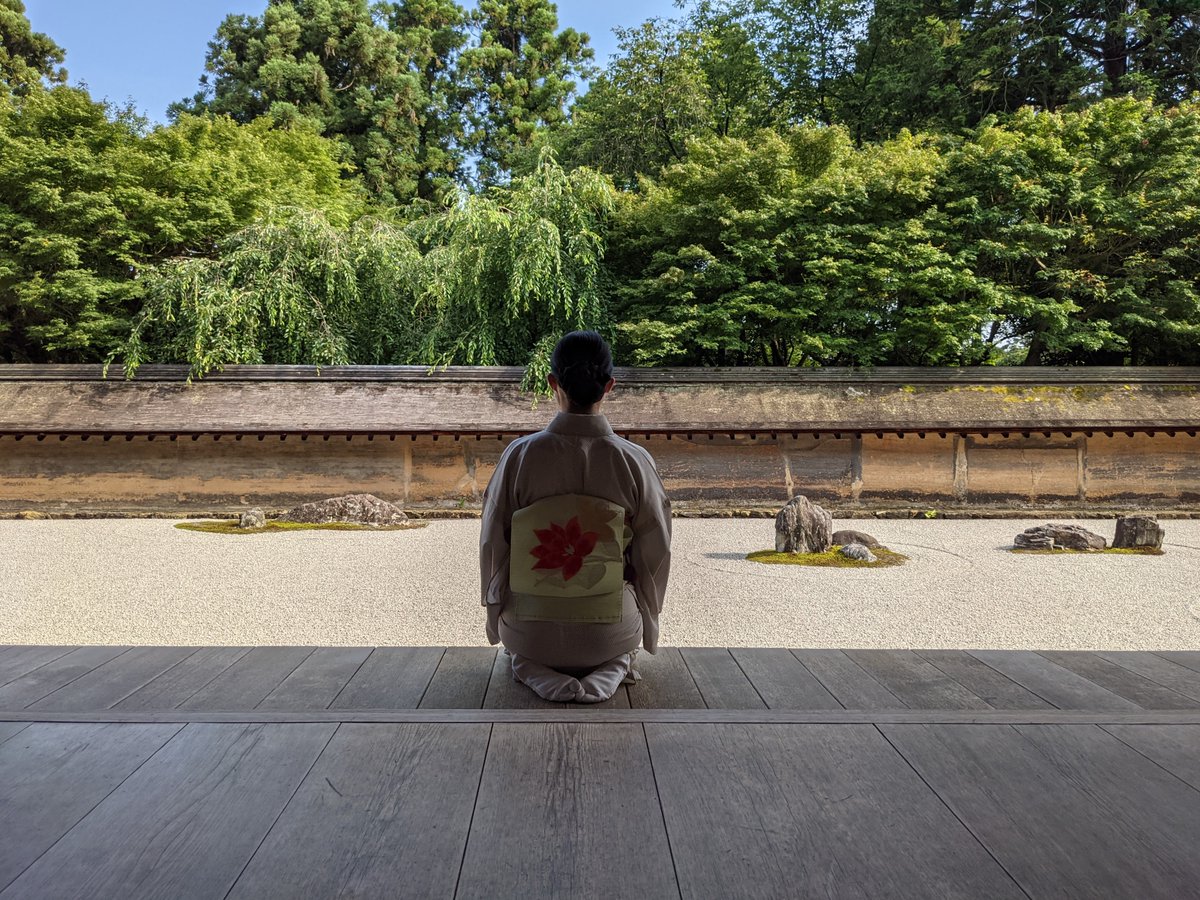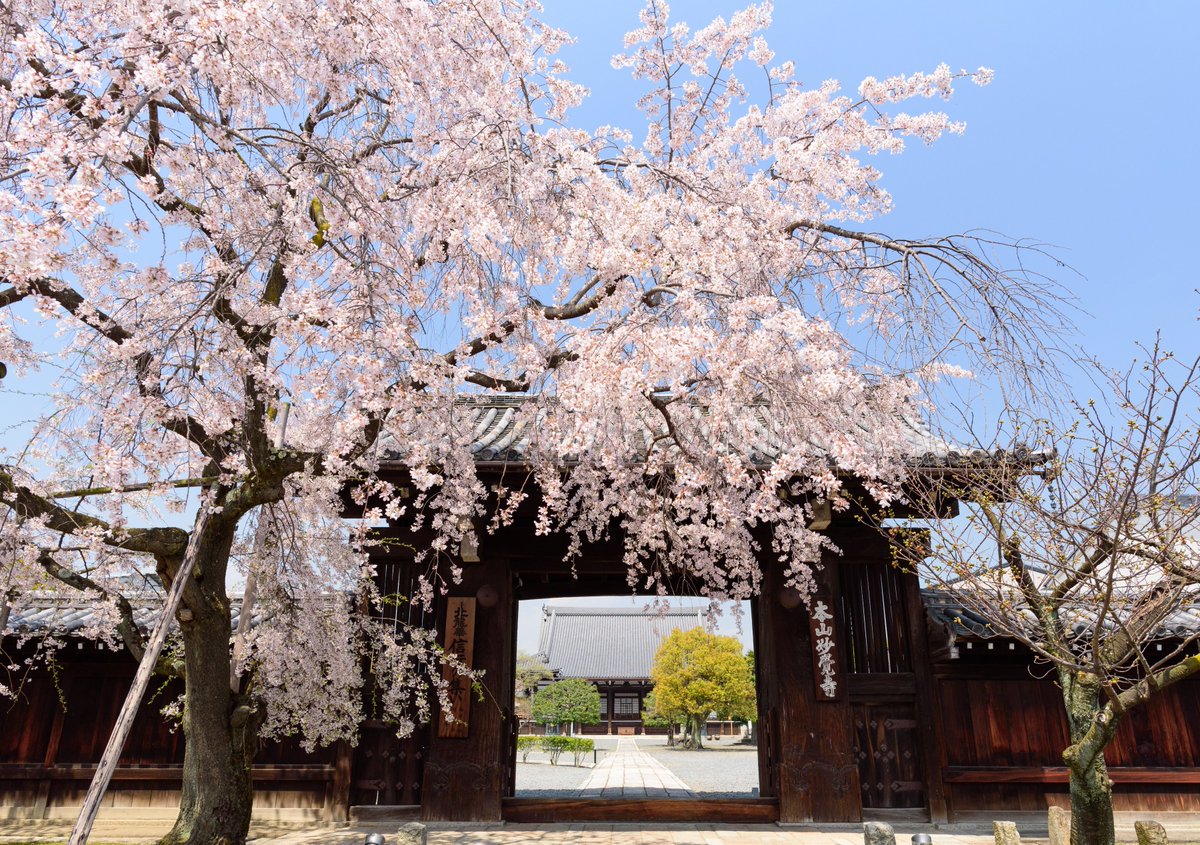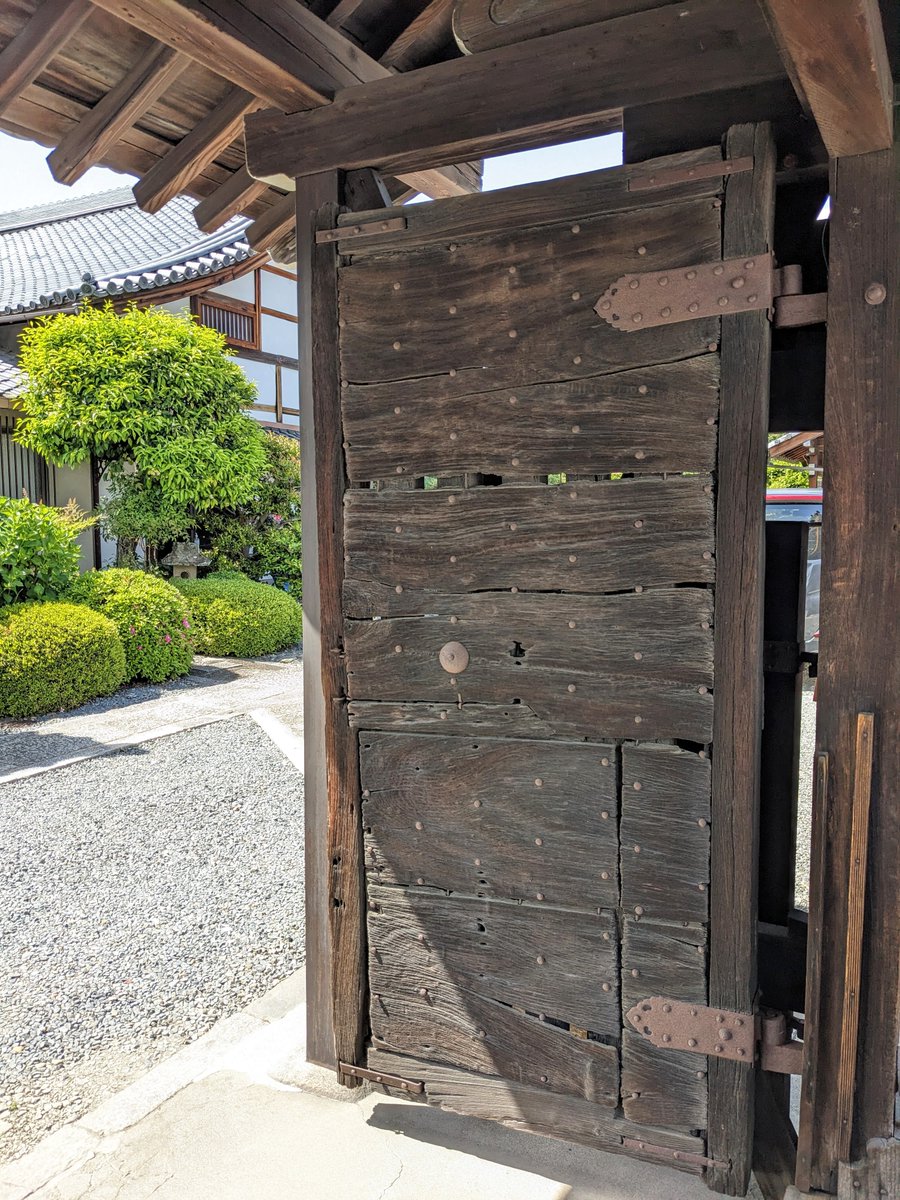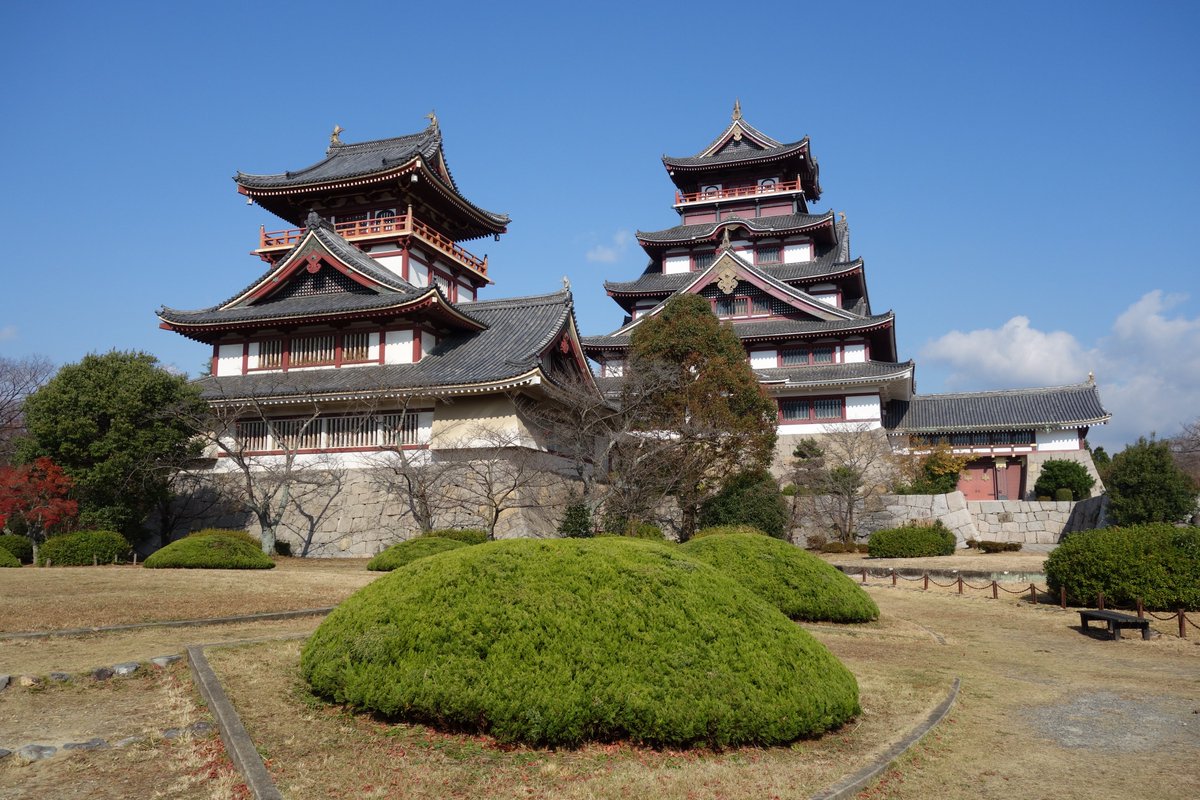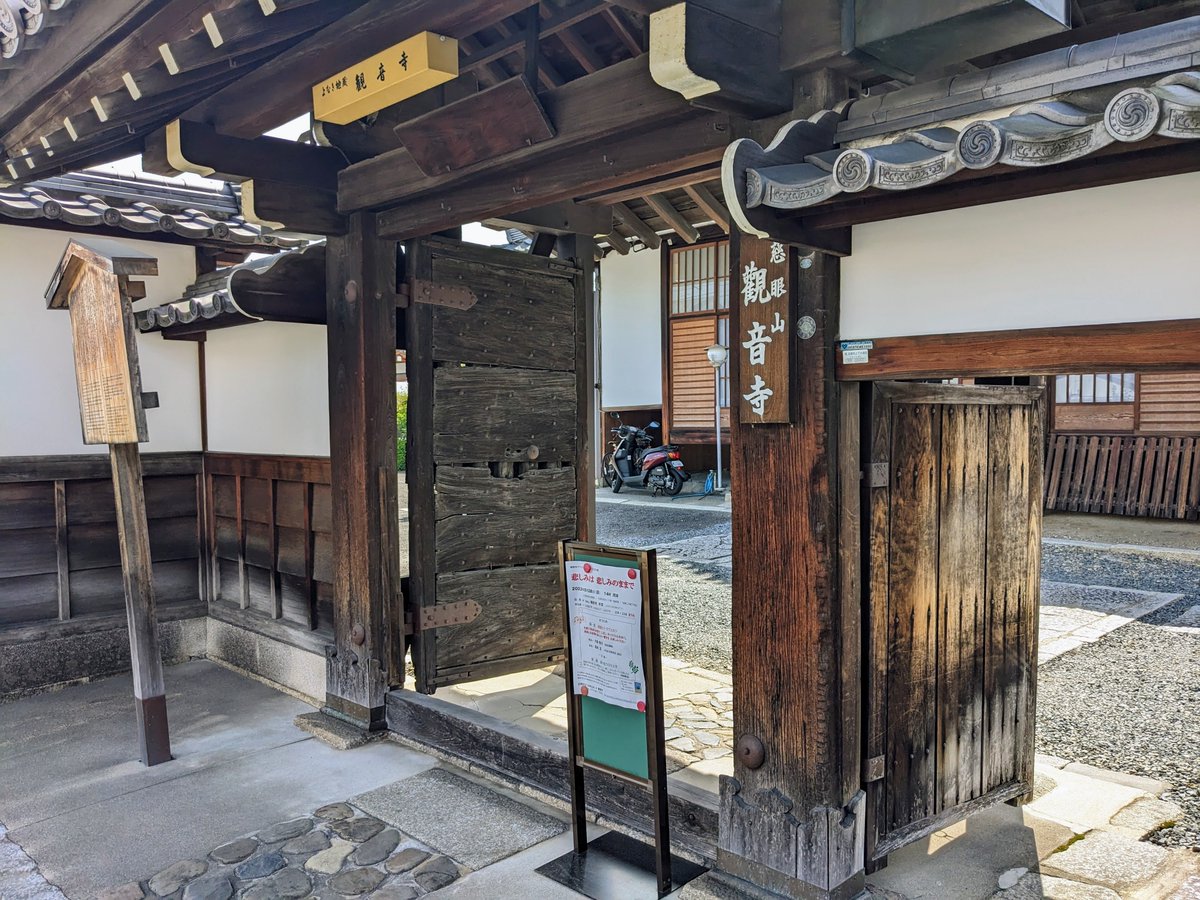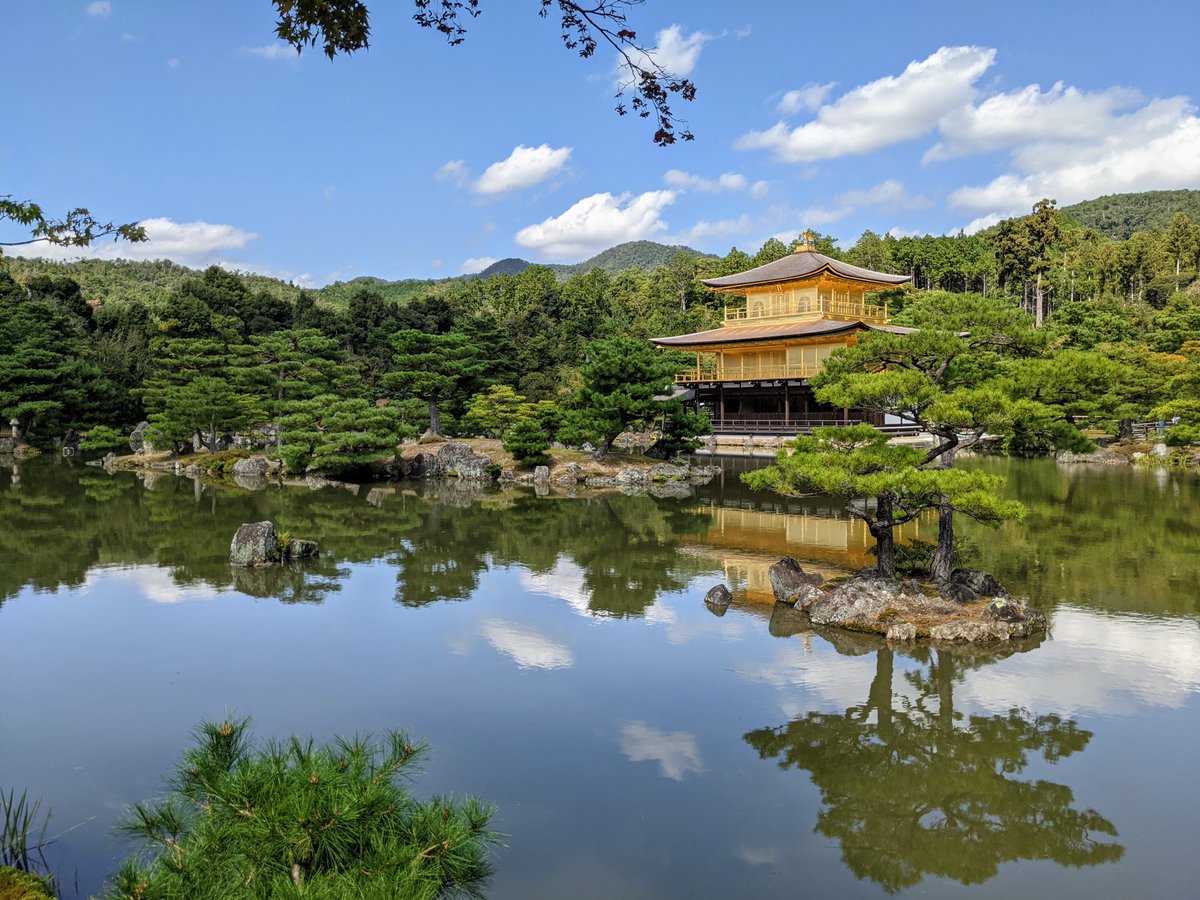😇👋A MONTH OF NO GODS🧳⛩️
There is a quaint belief that in the 10th month the gods of Japan congregate for a great gathering to discuss matchmaking at Izumo-taisha (出雲大社) in Shimane Prefecture.
Only hard-of-hearing Ebisu & the Sun Goddess miss this annual pilgrimage.
#Japan



There is a quaint belief that in the 10th month the gods of Japan congregate for a great gathering to discuss matchmaking at Izumo-taisha (出雲大社) in Shimane Prefecture.
Only hard-of-hearing Ebisu & the Sun Goddess miss this annual pilgrimage.
#Japan




In the traditional calendar the 10th month is known as 'Kannazuki' (神無月), which nowadays has come mean 'Month Without Gods'.
Because the gods are said to gather at Izumo-taisha, in Izumo Province the 10th month was called 'Kamiarizuki' (神有月 'Month With Gods').
#folkore



Because the gods are said to gather at Izumo-taisha, in Izumo Province the 10th month was called 'Kamiarizuki' (神有月 'Month With Gods').
#folkore
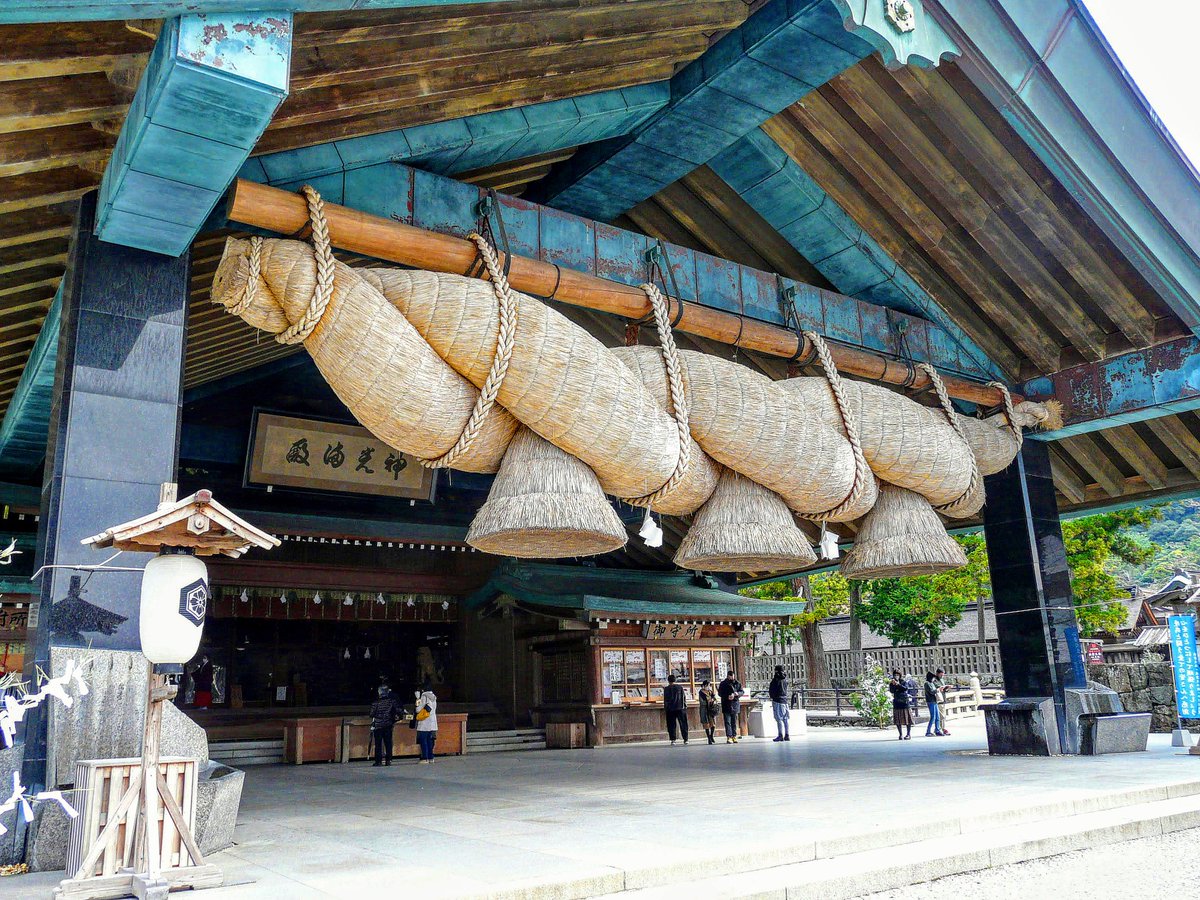


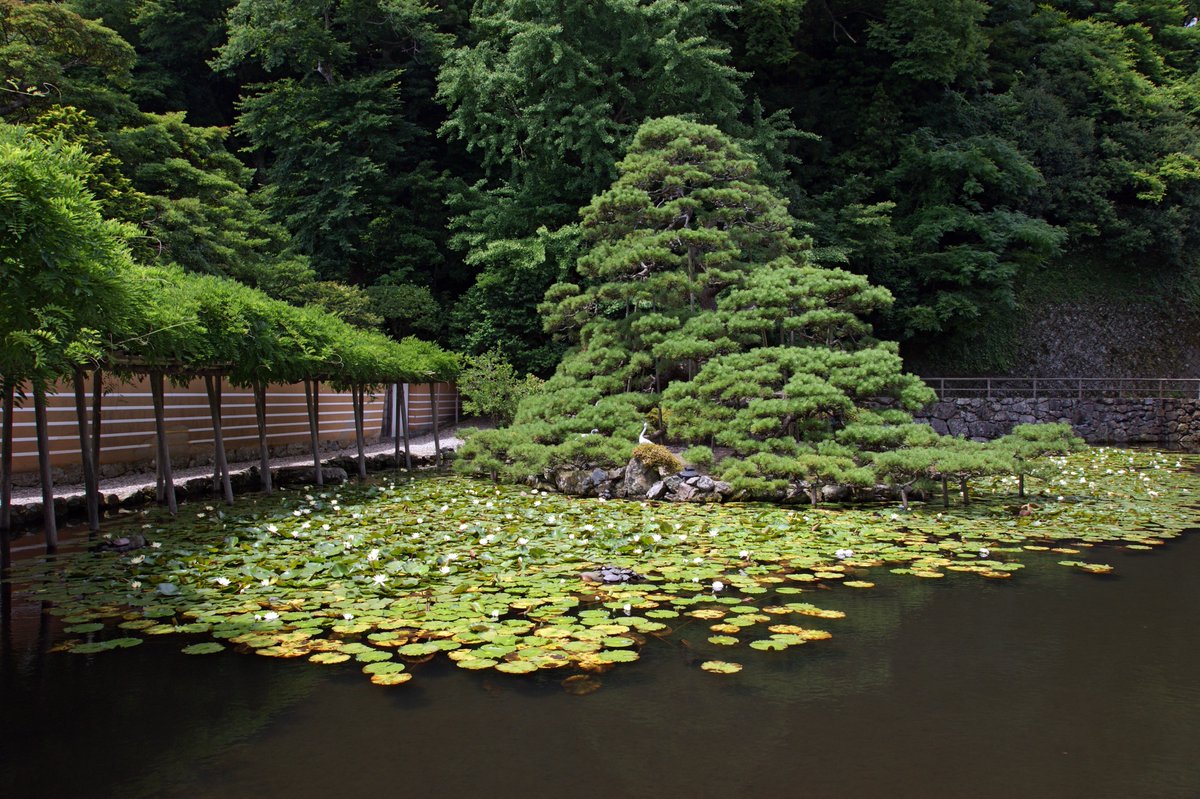
It seems that originally the 10th month was called the 'Month of Gods' across Japan, as the character '無' was used for its sound ('na') rather than its meaning. In fact it's possible that when imported from China, the characters '神無' were only used for their phonetic value. 







Since medieval times Izumo-taisha has proudly asserted that the gods do indeed gather at the shrine each year to discuss important matters. Arriving on October 10th, the gods get down to business from the 11th-17th, staying at the shrine. From October 18th they depart once more. 







Gods that miss the gathering are known as 'rusu-gami' (留守神 'absent gods'). Perhaps the most famous rusu-gami is Ebisu (恵比寿), one of the only gods to skip the annual event. Because he remains at home, many communities hold festivities during this time at his shrines.
#Japan



#Japan




🦌GOODBYE ANTLERS🪚
In poetic circles the melancholy sound of a deer's cry was deeply linked to fall...a nostalgic image that turned thoughts to sunnier (happier) days.
Kagizen's (鍵善良房) 'shikanaku' (鹿鳴く) shows a stag in deep autumn, calling out with frosty breath.
#Nara



In poetic circles the melancholy sound of a deer's cry was deeply linked to fall...a nostalgic image that turned thoughts to sunnier (happier) days.
Kagizen's (鍵善良房) 'shikanaku' (鹿鳴く) shows a stag in deep autumn, calling out with frosty breath.
#Nara
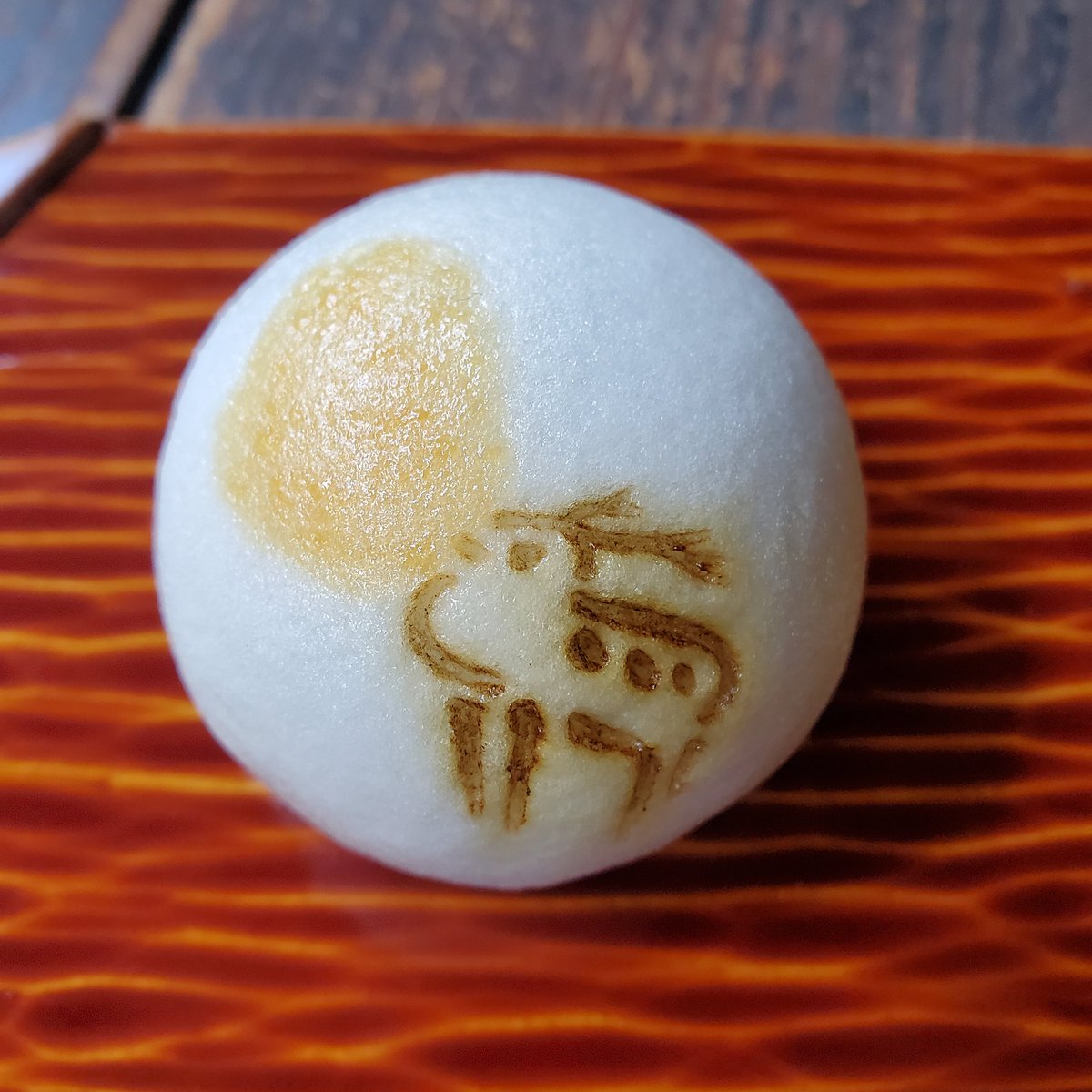



From late October (since 1671) an antler cutting ceremony called 'Shika-no-tsunokiri' (鹿の角切り) takes place at Nara Park.
Killing one of Nara's sacred deer was punishable by death for many centuries. The law was last enforced in 1637.
Photo thanks🙇♂️-sankei-nara-iga.jp



Killing one of Nara's sacred deer was punishable by death for many centuries. The law was last enforced in 1637.
Photo thanks🙇♂️-sankei-nara-iga.jp




when the deer cries
the red leaves too
fall like tears
鳴鹿に紅葉もほろりほろり哉
-Kobayashi Issa (小林一茶), 1805.
Autumn deepens at Mizuya-chaya (水谷茶屋).
The old teahouse sits in a small clearing between Tōdai-ji and Kasuga Taisha in Nara.
#Nara #奈良 #鹿 #水谷茶屋 #Japan



the red leaves too
fall like tears
鳴鹿に紅葉もほろりほろり哉
-Kobayashi Issa (小林一茶), 1805.
Autumn deepens at Mizuya-chaya (水谷茶屋).
The old teahouse sits in a small clearing between Tōdai-ji and Kasuga Taisha in Nara.
#Nara #奈良 #鹿 #水谷茶屋 #Japan



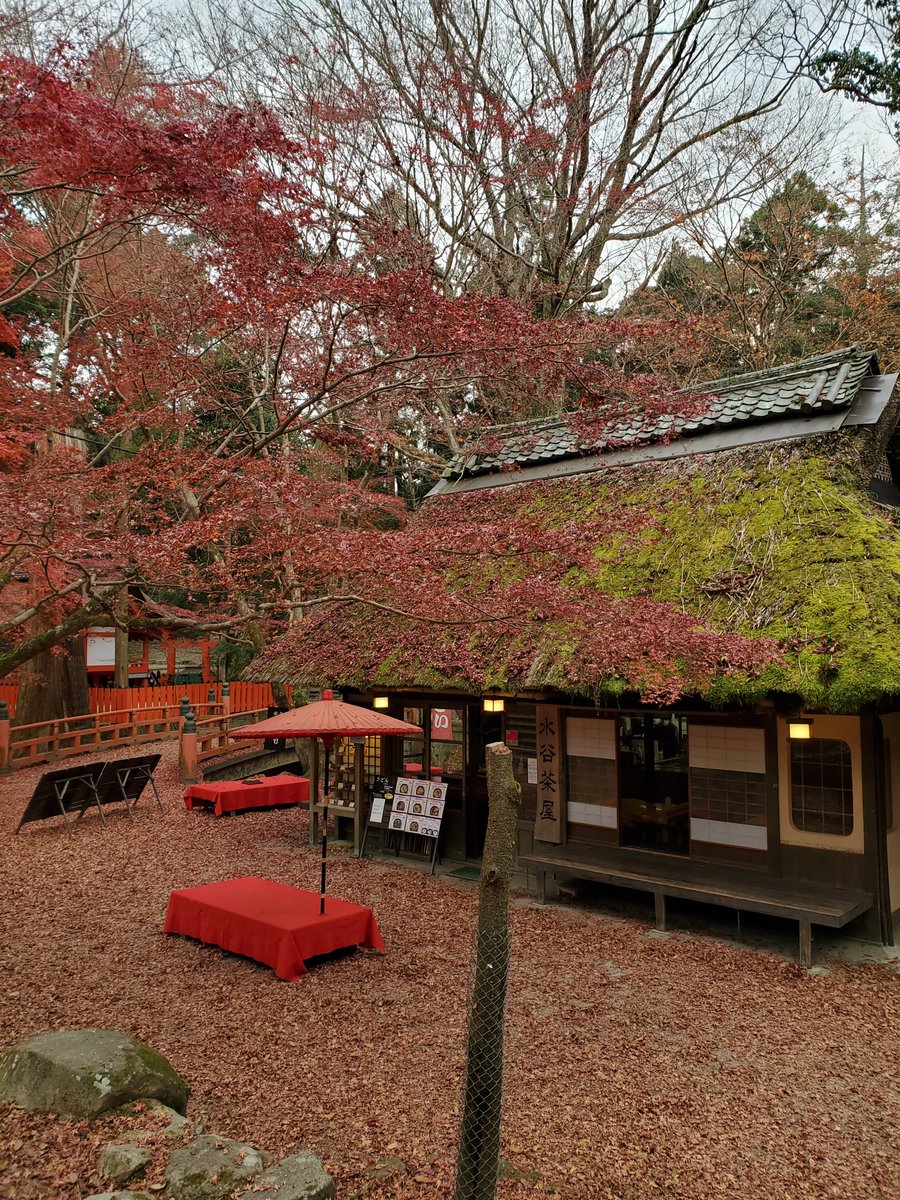
Deer mating season begins in October and carries on through autumn, the mournful barks of bucks common as they gather to tussle for mates🗨️🦌
Mizuya-chaya (水谷茶屋) was created in 1948, recycling timber from an older, Taishō-period building🍵🍜🍁
#Nara #奈良 #水谷茶屋 #autumn
Mizuya-chaya (水谷茶屋) was created in 1948, recycling timber from an older, Taishō-period building🍵🍜🍁
#Nara #奈良 #水谷茶屋 #autumn
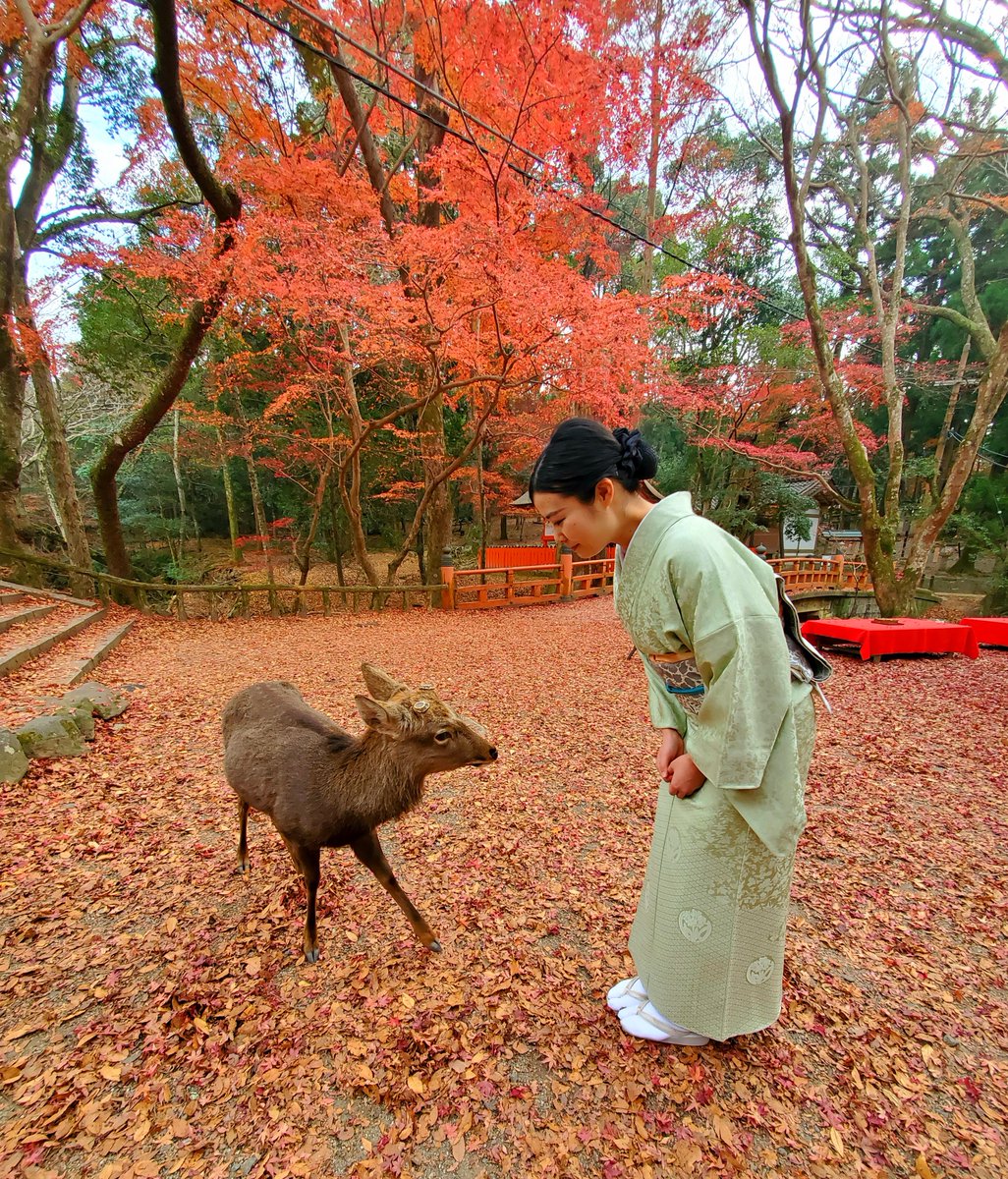
🍁THE CHILL BEGINS🥶
October 23rd-27th in the traditional calendar is known as 'first frost' (霜始降). 'Hada-samu' (肌寒) describes that deepening autumn chill.
Although the daytime is mostly warm, mornings & evenings can feel surprisingly cold ('asa-samu' 朝寒/'yo-samu' 夜寒).



October 23rd-27th in the traditional calendar is known as 'first frost' (霜始降). 'Hada-samu' (肌寒) describes that deepening autumn chill.
Although the daytime is mostly warm, mornings & evenings can feel surprisingly cold ('asa-samu' 朝寒/'yo-samu' 夜寒).


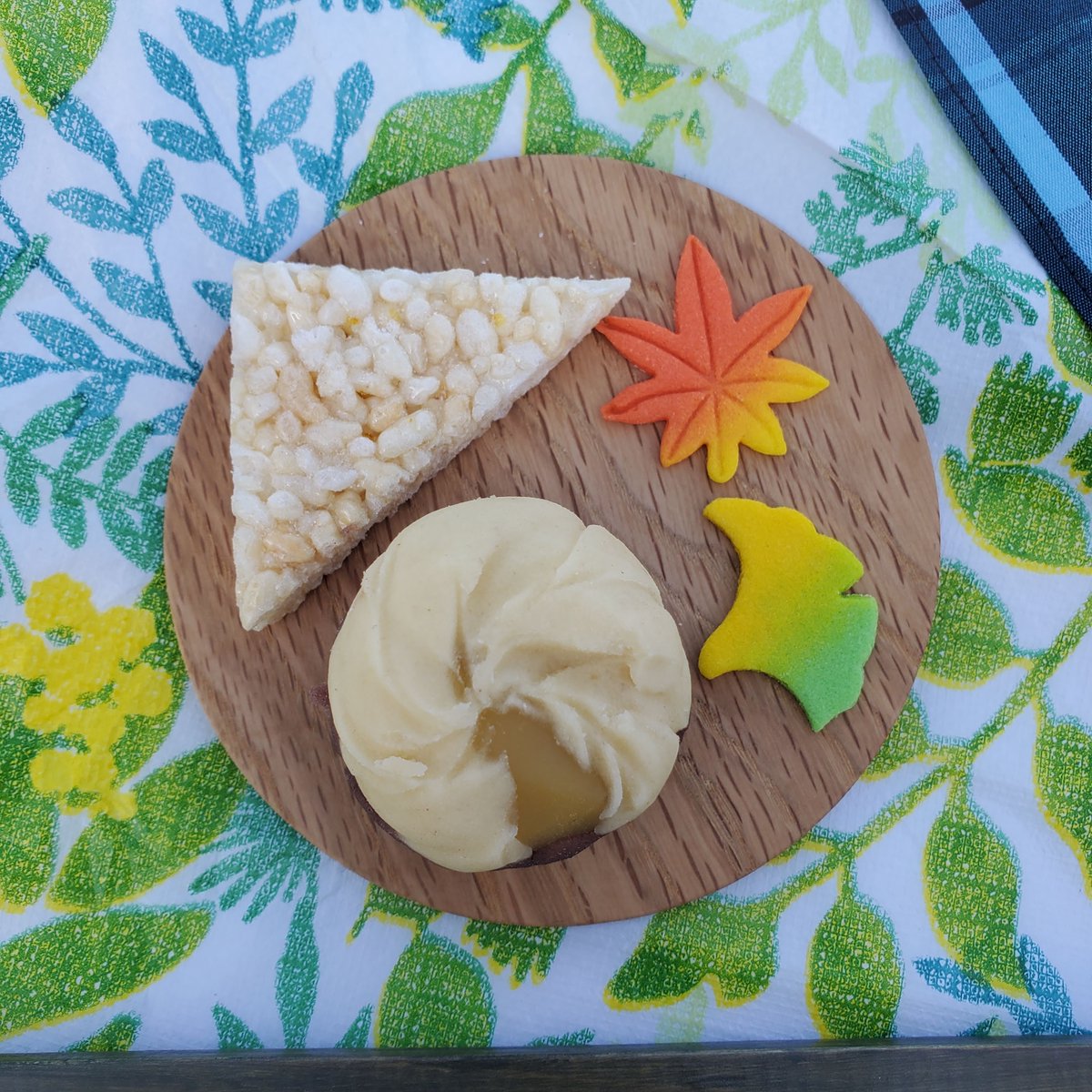

• • •
Missing some Tweet in this thread? You can try to
force a refresh



